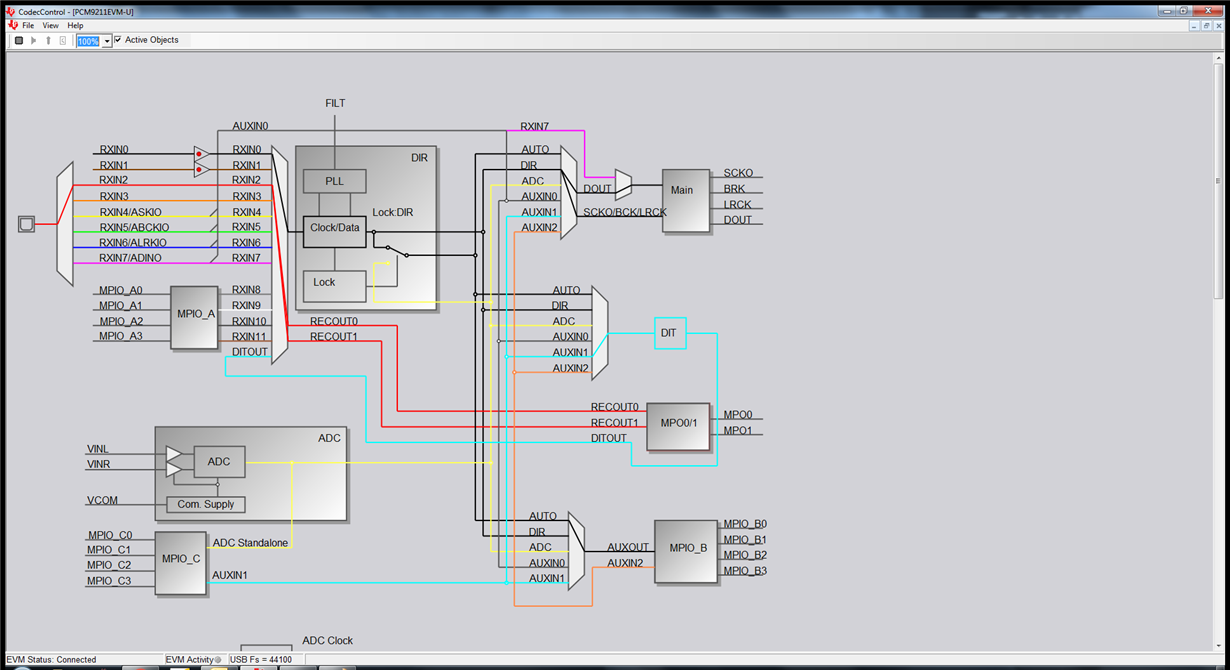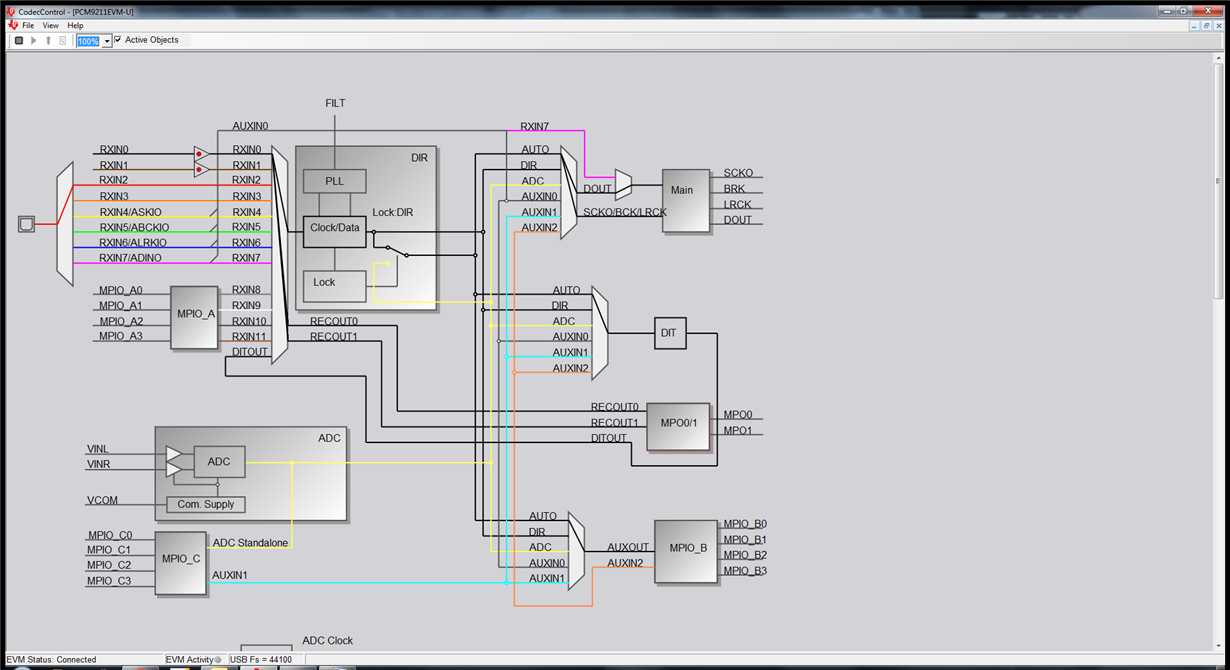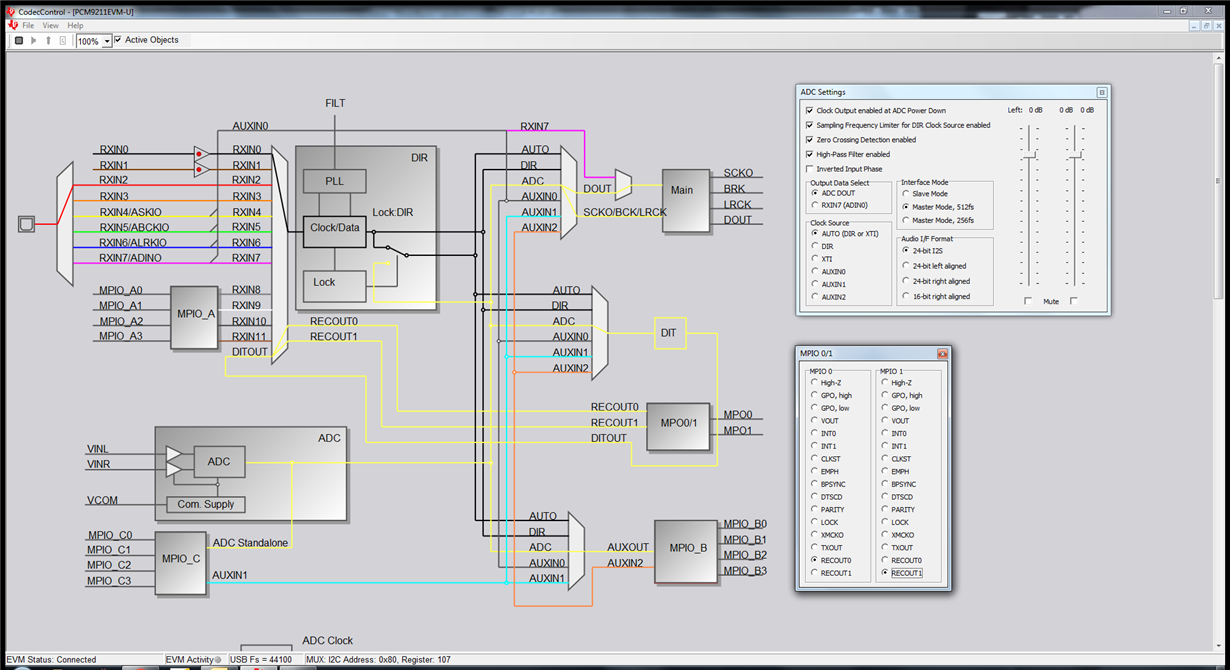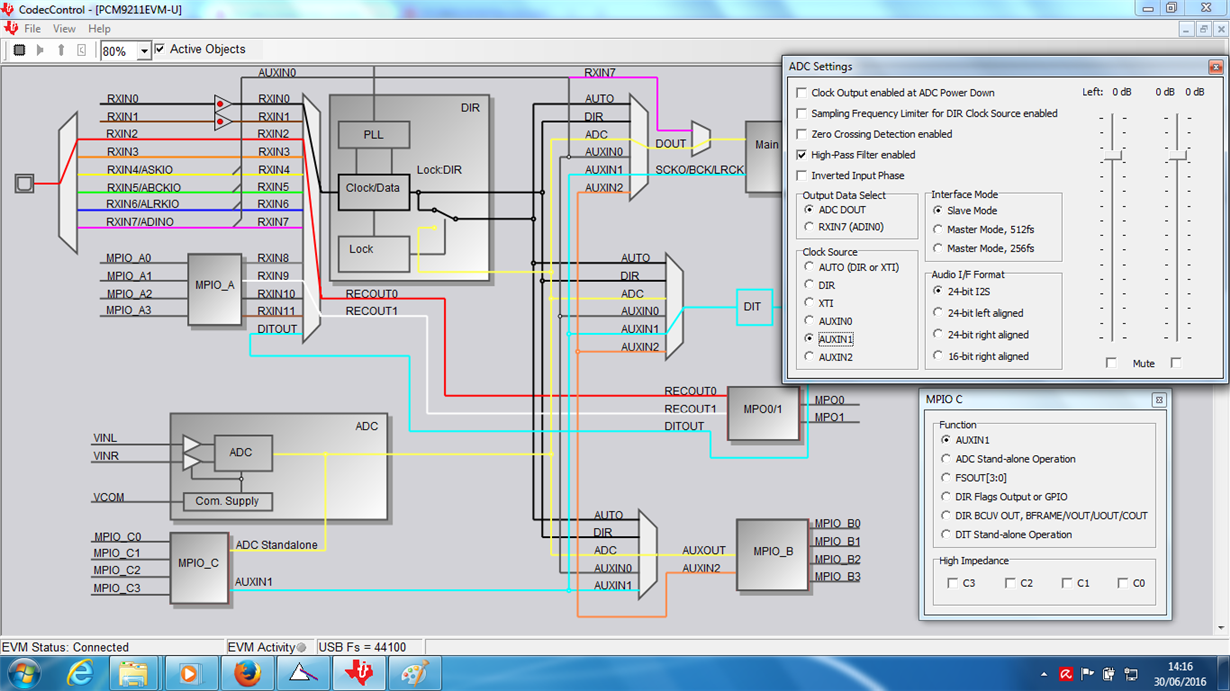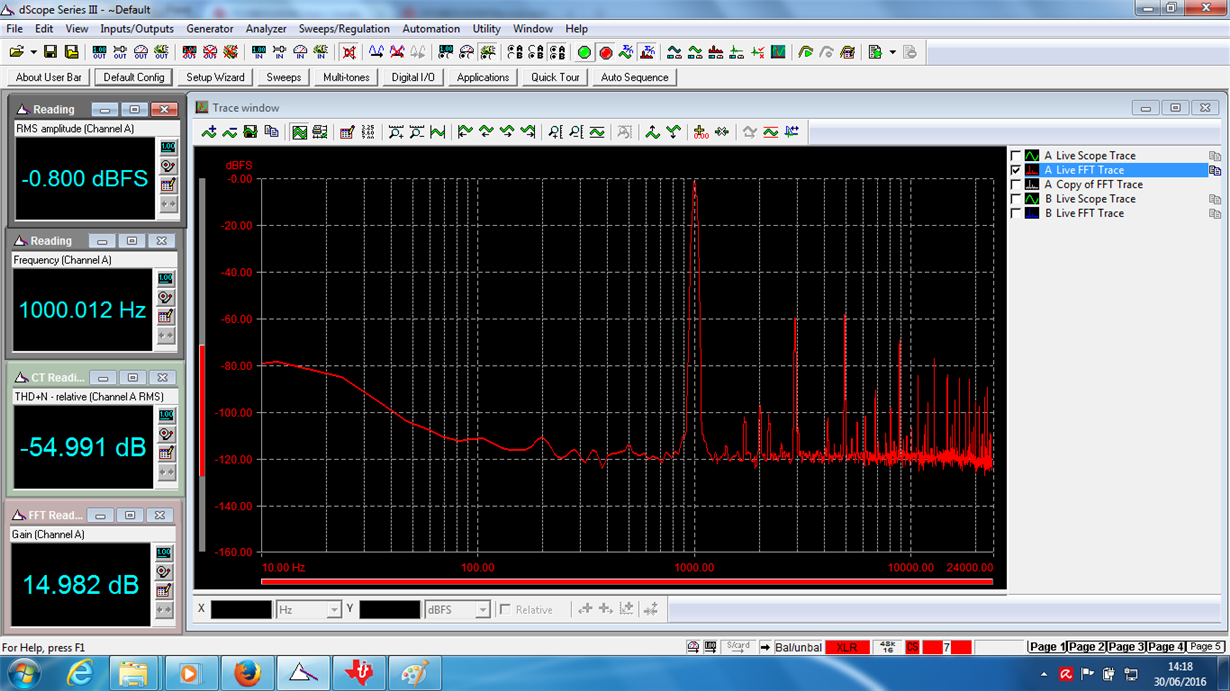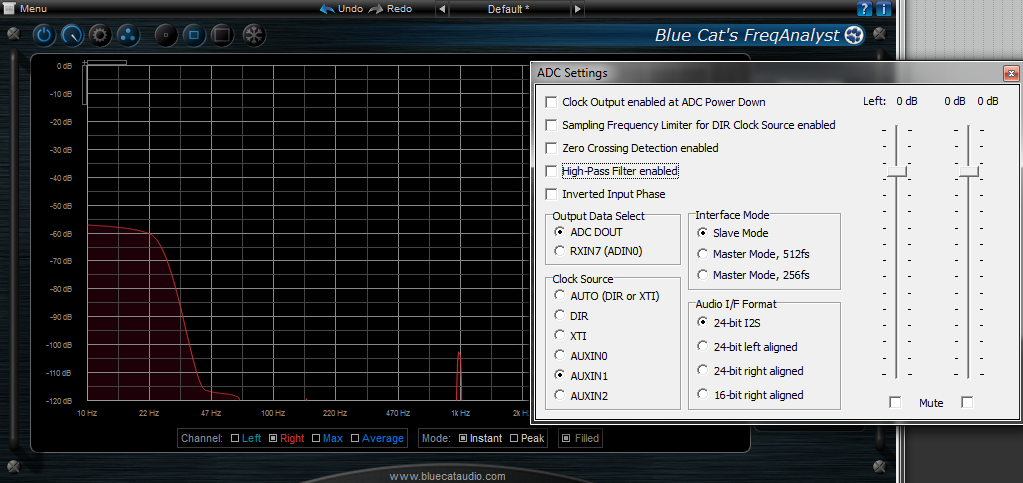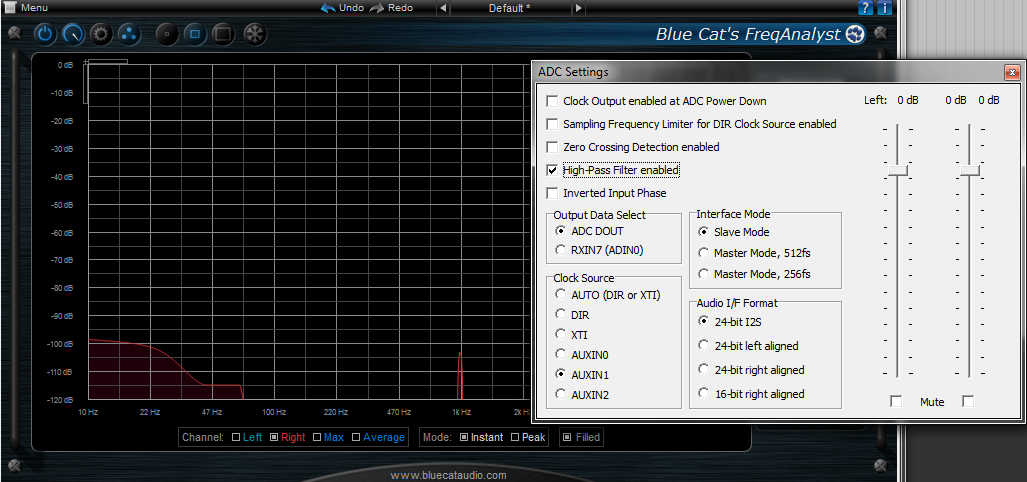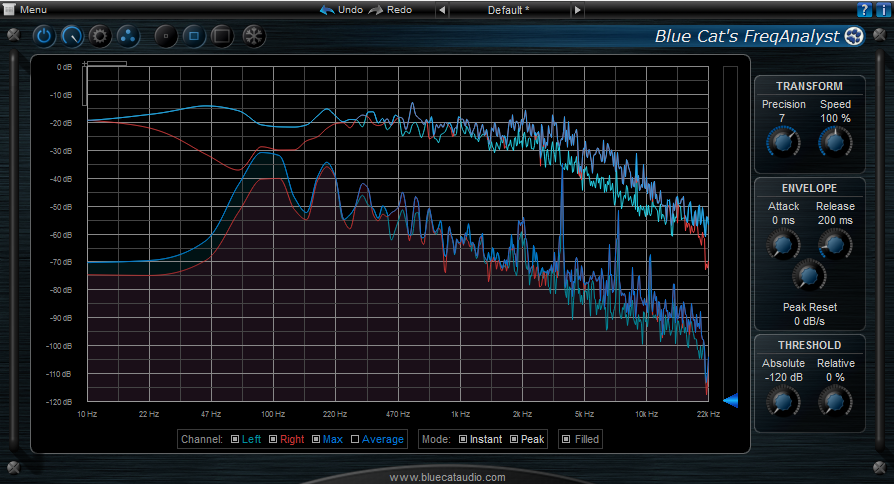Hi,
Have just purcahsed at PCM9211EVM but it appears to be dead on arrival.
Carefully followed instructions in user manual.
Drivers look to be installed OK and CodecControl recogines the board correctly, but the D4 error LED is constantly lit and there is either just noise or a very distorted output (changes randomly each time I press the reset button). This is whether I use the TAS1020 for USB audio or connect the Optical output to my audio analyser.
I have tried many things such as reinstalling drivers, changing PC, uploading different applications, reset board, etc. SW2 and SW3 also appear to not be doing anything.
Please could someone from TI suggest a way forward.
Thanks
Elliott


